Art Nouveau
 AI-Generated ImageAI-Generated Image
AI-Generated ImageAI-Generated Image Art Nouveau is a decorative art style that flourished between the 1890s and early 1910s, known for its organic forms, flowing lines, and nature-inspired motifs. It sought to break away from academic traditions by unifying fine art with applied arts like architecture, furniture, jewelry, posters, and illustration.
Distinctive features of Art Nouveau include sinuous curves, asymmetry, floral patterns, and elongated figures—often intertwined in harmonious, rhythmic compositions. Artists drew inspiration from plants, vines, insects, and the female form, aiming to integrate beauty into everyday life.
Often seen in the works of Alphonse Mucha, Gustav Klimt, and Antoni Gaudí, Art Nouveau merges craftsmanship with elegance. In digital or AI-generated art, the style evokes romanticism, fantasy, and ornate detail, making it ideal for pieces that feel timeless, lush, and naturally intricate.
 AI-Generated Image
AI-Generated Image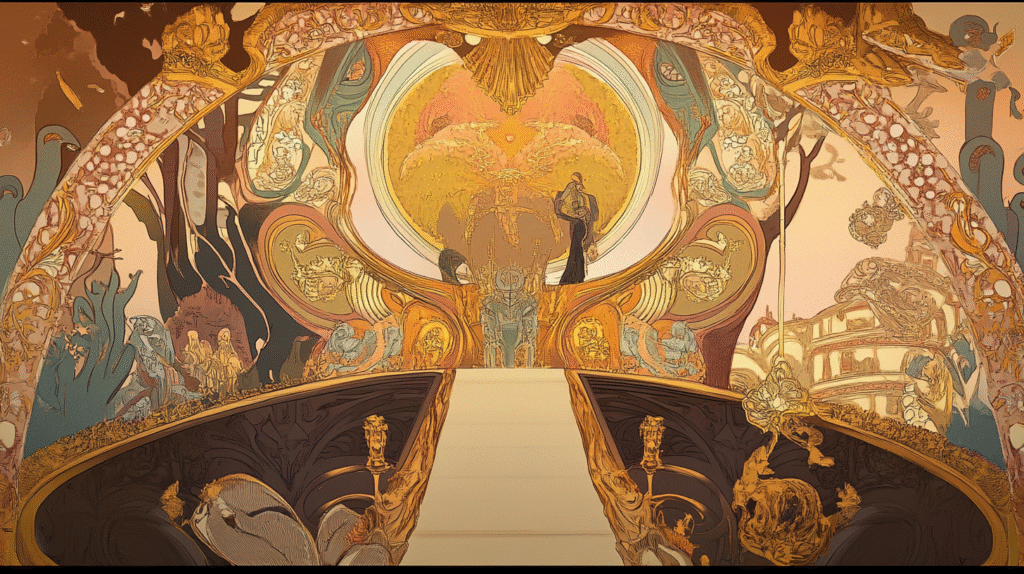 AI-Generated Image
AI-Generated Image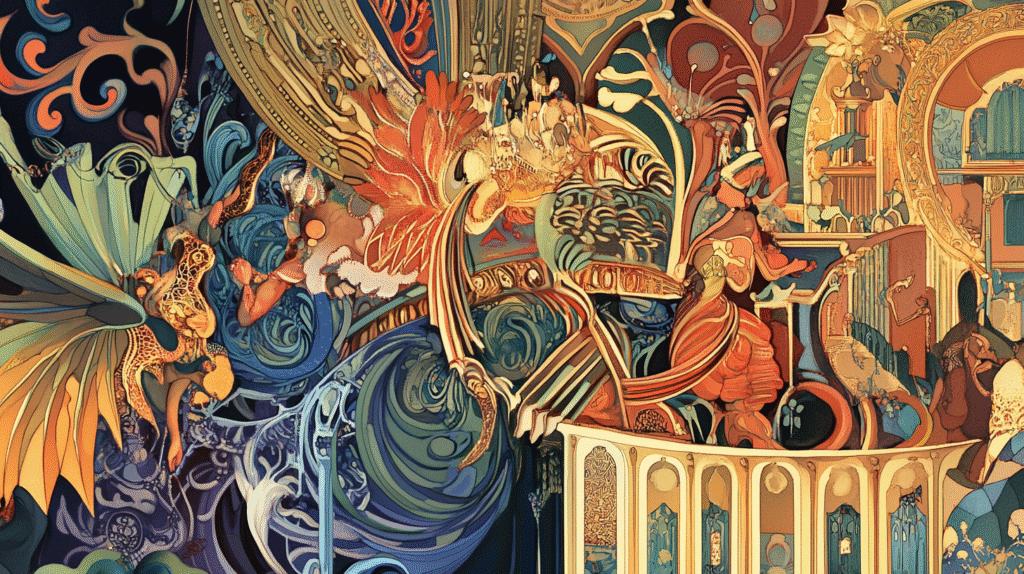 AI-Generated Image
AI-Generated Image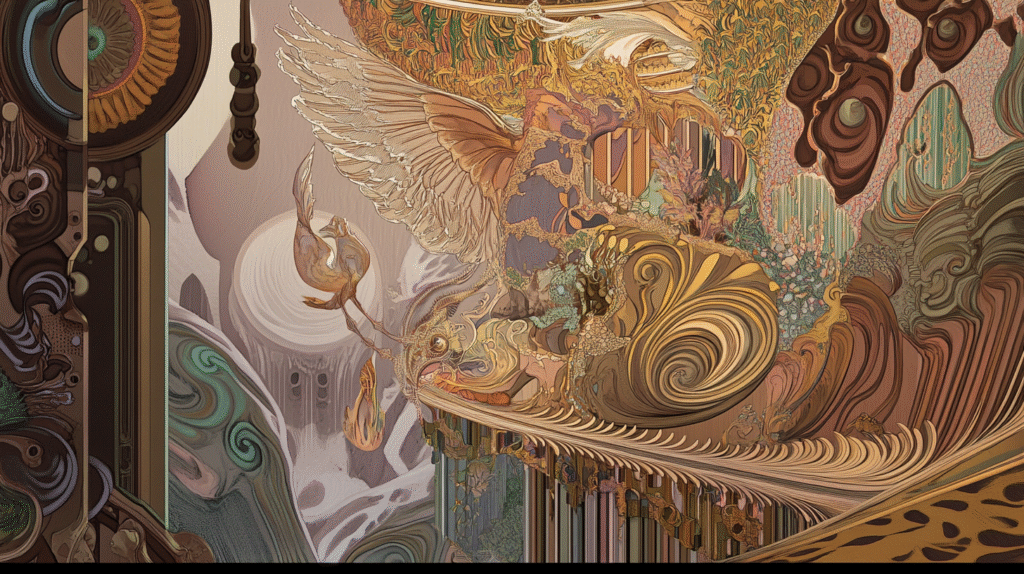 AI-Generated Image
AI-Generated ImageFrequently Asked Questions
What time period did Art Nouveau flourish?
Art Nouveau flourished between the 1890s and early 1910s.
What are some key features of Art Nouveau?
Key features of Art Nouveau include sinuous curves, asymmetry, floral patterns, and elongated figures.
Who are some notable artists associated with Art Nouveau?
Notable artists associated with Art Nouveau include Alphonse Mucha, Gustav Klimt, and Antoni Gaudí.



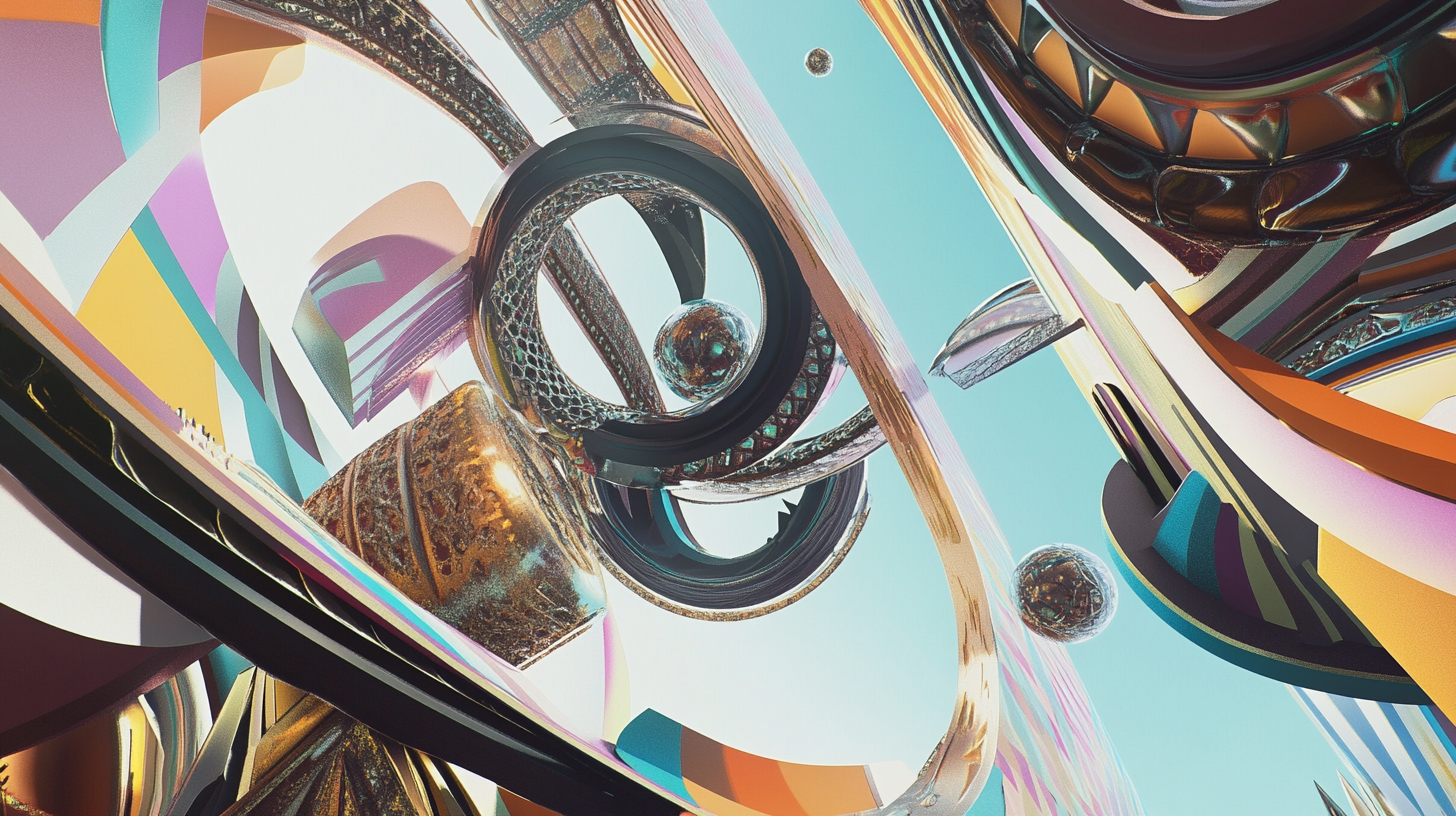
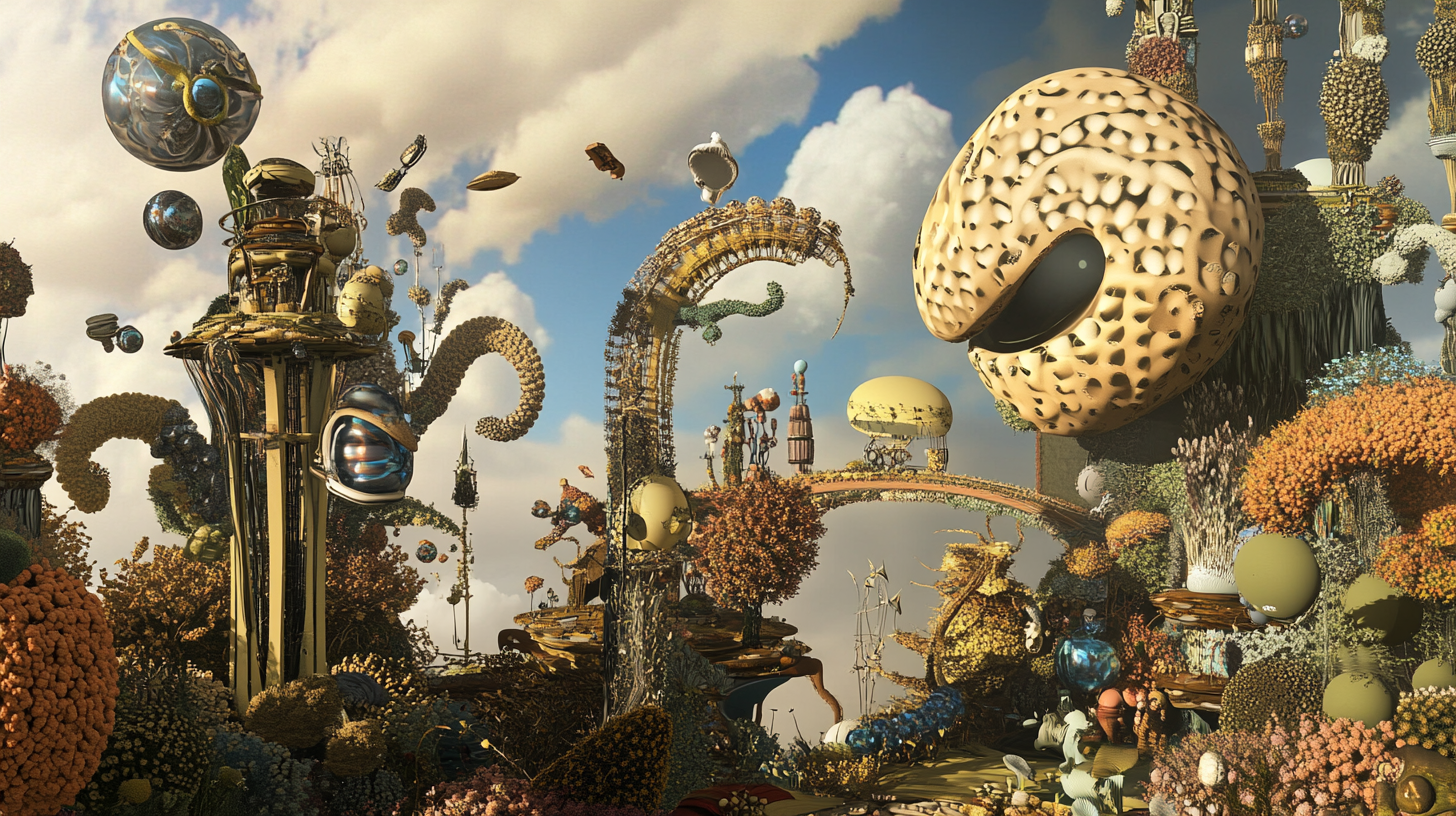

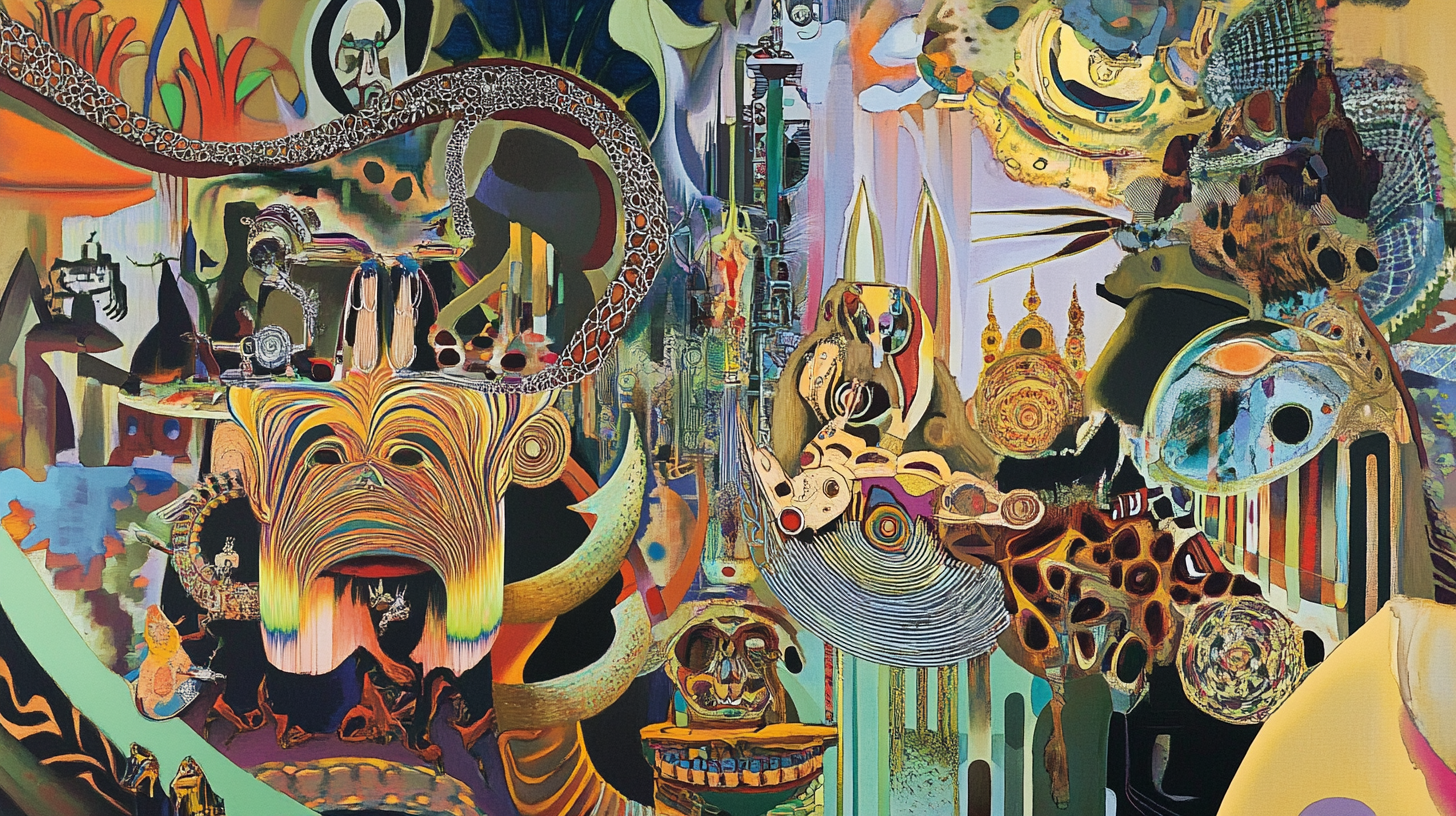
All comments and suggestions are welcome.